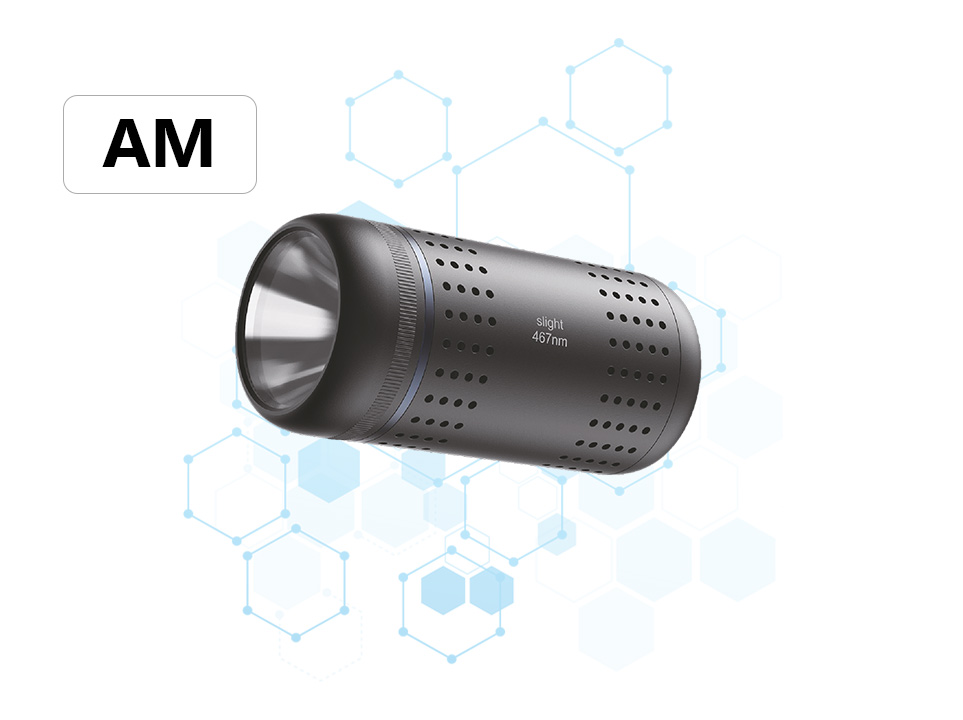Application of high-throughput photoreactors in scientific research
In the realm of scientific research, the pursuit of efficiency, precision, and innovation is paramount. Among the various tools and technologies that have revolutionized the way we conduct experiments, high-throughput photoreactors stand out as a game-changer. These sophisticated devices have significantly impacted fields ranging from materials science to pharmaceutical research, enabling scientists to perform complex photochemical reactions with unprecedented speed and accuracy.
What Are High-Throughput Photoreactors?
High-throughput photoreactors are advanced laboratory instruments designed to carry out multiple photochemical reactions simultaneously under controlled conditions. They utilize high-intensity light sources, such as LEDs or lasers, to initiate and drive these reactions. The key feature of these reactors lies in their ability to handle a large number of samples in parallel, thereby drastically reducing the time and resources required for experimental screenings and optimizations.
Advantages in Scientific Research
Increased Efficiency:
High-throughput photoreactors enable researchers to perform thousands of experiments in a fraction of the time it would take using traditional methods. This significant increase in efficiency allows for a more thorough exploration of reaction parameters, leading to faster identification of optimal conditions for desired product yields and purities.Enhanced Precision:
By providing precise control over reaction conditions such as temperature, light intensity, and reaction time, high-throughput photoreactors ensure that experimental results are consistent and reproducible. This level of precision is crucial for developing robust and reliable reaction protocols.Cost Savings:
The ability to run multiple reactions simultaneously reduces the need for extensive reagent usage and repetitive setups, leading to substantial cost savings. Furthermore, by identifying optimal reaction conditions early on, these reactors help minimize waste and maximize resource utilization.
Real-World Applications
Photocatalysis: High-throughput photoreactors are essential for studying and optimizing photocatalytic processes, which are crucial for environmental cleanup and energy conversion technologies.
Polymer Synthesis: They play a key role in the synthesis of polymers with tailored properties, enabling the creation of materials with enhanced durability, flexibility, or biodegradability.
Biological Studies: In biology, these reactors are used to investigate the effects of light on living organisms and biological molecules, contributing to our understanding of photosynthesis, circadian rhythms, and more.
Conclusion
In summary, high-throughput photoreactors represent a significant leap forward in the field of scientific research. Their ability to streamline experimental workflows, enhance precision, and accelerate the pace of discovery has made them indispensable tools across various disciplines.





